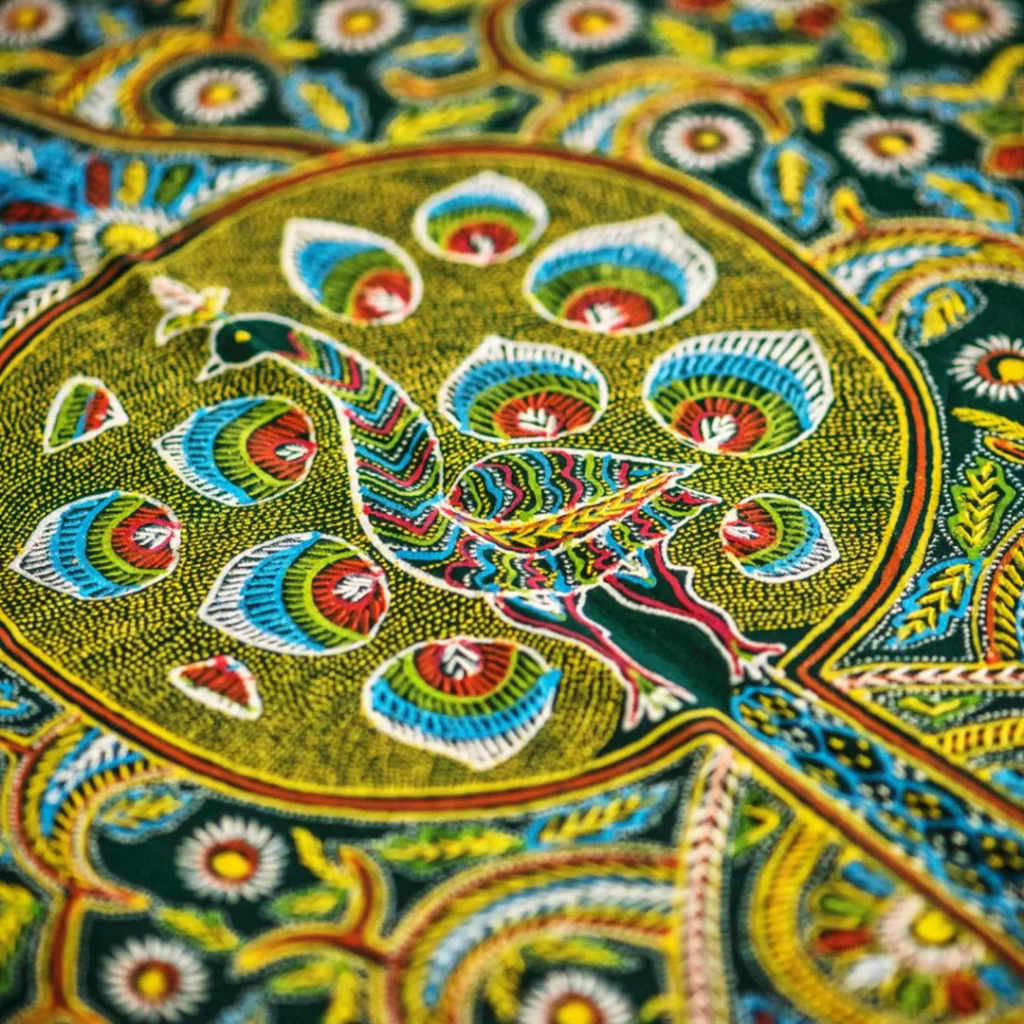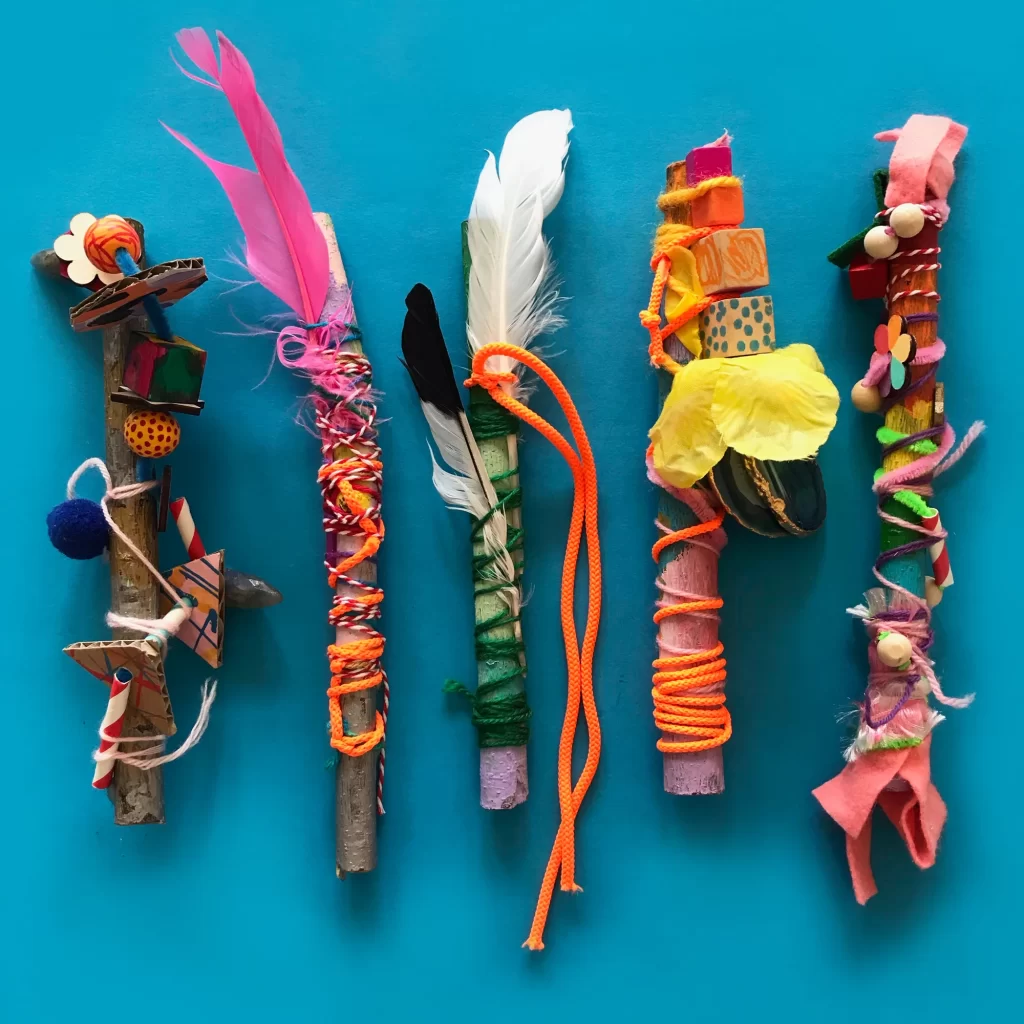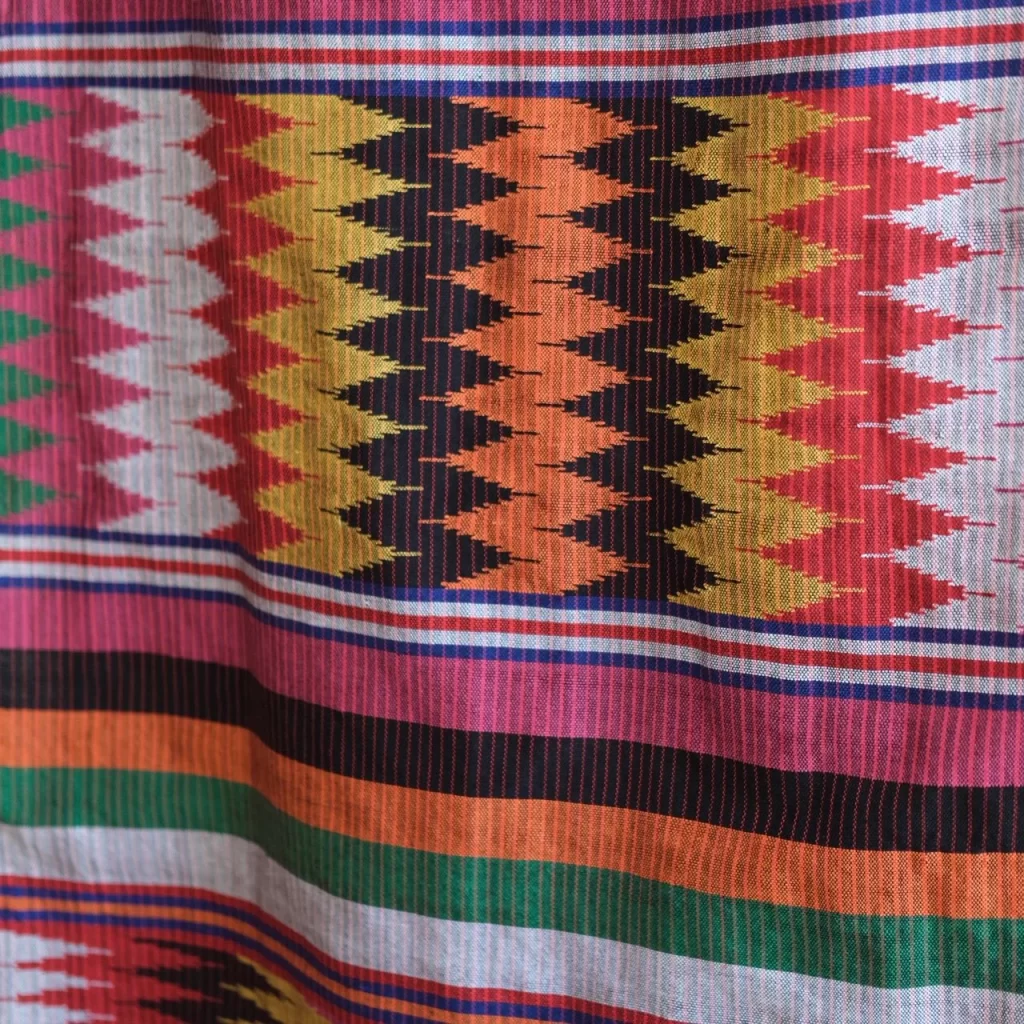Introduction: The Craftsmanship of Early Colombians
The early Colombians were skilled craftsmen. Their work tells a story of culture and environment. They sculpted, wove, and carved items for daily life and rituals. Most items came from readily available local materials. Some resources, however, they did not use. This article explores those materials and why they were excluded. By understanding these choices, we learn about the Colombian past.
The Significance of Natural Resources in Crafting
Natural resources played a key role in early Colombian crafting. Craftsmen chose materials that nature provided nearby. Often, these materials shaped the type of crafts they made. For example, they used clay for pottery as it was abundant and versatile. Natural fibers from plants went into making textiles and baskets. This local reliance had multiple reasons behind it.
First, using nearby resources saved time and effort. Transporting materials over long distances was hard without modern transportation. Thus, they used what was at hand. Moreover, local knowledge about how to use these materials was passed down. This knowledge affected what materials they chose.
Craftsmen respected the properties of natural resources. They understood which materials worked best for their needs. For instance, they chose stone that was durable for tools and weapons. They knew which plants provided strong fibers for weaving. These choices demonstrate their deep understanding of their environment.
Lastly, natural resources connect us to early Colombian culture. The materials the craftsmen did not use are just as important. They tell us about their priorities and limitations. By learning what they excluded, we gain insight into their world. In short, natural resources were central to the crafting traditions of early Colombians.
Commonly Used Materials in Early Colombian Crafts
The early Colombians used a variety of materials in their crafts, displaying a rich tradition of resourcefulness and ingenuity. Clay took center stage in pottery making due to its abundance and adaptability. It was the go-to material for creating a range of pots, figurines, and other household items.
Natural fibers derived from plants were vital for textiles and basketry. Skilled weavers turned these fibers into durable and decorative items essential for daily life. Stone, regarded for its strength and longevity, became the primary choice for crafting tools and weapons. These items showcase the early Colombians’ ability to select the best-suited materials for their needs.
Wood also played a pivotal role, as artisans carved it into tools, weapons, and ritualistic figurines. The versatility of wood allowed for a wide range of uses, from functional to ceremonial. In the realm of adornment, bones and shells were often shaped into beads or ornaments, adding cultural significance to personal attire.
The early Colombians’ material choices demonstrate a deep connection with their surroundings. By opting for local resources, they fostered a self-sufficient culture that stood the test of time. Their expertise in utilizing these natural materials offers us a window into their day-to-day lives and societal values.

Examining the Excluded: Materials Not Utilized by Early Colombians
While it’s clear that early Colombians had a broad palette of natural resources, they did leave some materials untouched. This omission sheds light on their preferences and practices. Here, we explore the materials absent from their crafting techniques.
Early cultures often have reasons for not using certain materials. These may be due to the material’s rarity, properties that are not suited to the needs of the craftsmen, or the complexity involved in processing them. In the case of early Colombians, the usage of metals was minimal. This could be due to their technological limitations or the scarcity of metal deposits in their geography. Unlike other ancient civilizations that leaned heavily into metallurgy, early Colombians did not prioritize this craft. Instead, they focused on what was readily available and abundant.
Synthetic materials are, of course, a modern invention and not within the early Colombian repertoire. Additionally, other natural materials such as certain animal skins or ivory may have also been avoided. This could be because of cultural taboos, conservation practices, or the absence of the species from the area. These decisions are reflective of both environmental and cultural boundaries.
Glass, while known to some ancient cultures, was not a material employed by early Colombians in their crafts. The knowledge and technology required to produce glass items were possibly beyond their reach. Furthermore, the natural materials they did choose had multiple purposes. They were used in daily life, warfare, and spiritual activities. This multi-functionality was prized over the exotic or the rare.
In conclusion, the non-use of materials like metals, ivory, and glass by early Colombians tells a story as rich as the materials they did embrace. It outlines their adaptability to the environment and the influence of cultural values in their material choices.
Local Versus Imported: The Preference in Material Selection
Early Colombians showed a strong preference for local materials in their crafts. This preference was not just by chance but was driven by several practical considerations.
First, the reliance on local materials minimized transportation challenges. With no advanced transport systems, moving materials from afar was tough and inefficient.
Local materials also tapped into existing knowledge. Communities had honed skills in using what was around them. They passed down these skills across generations, refining their crafts over time.
Using what was at hand, they maximized the utility of their surroundings. Imported materials, however, presented logistical and economic challenges. Importing was costly and not reliable for consistent supply.
Moreover, local resources ensured sustainability. Early Colombians could manage these resources responsibly, protecting their environment. They could harvest and replenish local materials in a balanced manner.
Accessibility was another key factor. Local materials were at hand, available for immediate use. This immediacy supported the continuous creation of items needed for daily life and rituals.
Lastly, the cultural significance of local materials was paramount. Craftsmen may have believed that local materials held special qualities or meanings, tying their work closely to their land and beliefs.
In contrast, imported materials would be rare and perhaps reserved for special occasions. Their use might signal prestige or wealth but was not commonplace.
In sum, early Colombians’ preference for local over imported materials was grounded in practicality, tradition, and sustainability. This choice tells us much about their lifestyle and values.
The Role of Environment and Geography on Material Usage
The environment and geography had a major influence on early Colombian material choices. The local terrain and climate decided what resources were available. Here are key ways environment shaped material usage:
- Resource Availability: Local materials were within reach. They used stones from nearby quarries and clay from the local soil.
- Climate Suitability: They chose materials that could withstand local weather conditions. For instance, tropical woods that resisted humidity for construction.
- Geographic Accessibility: Hard-to-reach locations with rich resources were likely ignored. They avoided materials that required dangerous or long journeys.
- Terrain Adaptability: They selected materials that matched the terrain. For basketry, they used plants that grew on riverbanks or in valleys.
- Resource Management: Tailoring material use to the environment helped in conservation. This ensured a sustainable supply of resources.
- Cultural Significance: Geography also became part of the cultural identity. Materials from sacred sites were probably sought after for rituals.
In conclusion, early Colombians relied heavily on their environment for crafting. They made smart choices that mirrored the geography of their region. These choices showcase their intimate connection with the landscape.

Technological Limitations and Their Impact on Material Choice
Technological abilities shaped what early Colombians crafted with. The tools and methods they possessed at the time directed their material choice. Without advanced technology, certain materials remained untapped.
Here’s how technology, or the lack thereof, influenced their decisions:
Limited Metallurgy:
Copper and gold were known, yet limited metallurgy skills meant simple metal items only. Complex metalworking was beyond their reach.
No Glassmaking:
Knowledge to make glass was not present. Glass requires high temperatures that their technology couldn’t achieve.
Simple Tools:
Their tools were basic. Stone, bone, and wood were shaped using other stones. Metal tools were rare and not widely used.
Manual Labor:
All work was by hand. No machines or animals assisted them. This limited the scale and complexity of what they produced.
No Chemical Processing:
They lacked methods to process materials using chemicals. So, they couldn’t create synthetic materials or preserve perishable ones long-term.
These technological restraints had a direct impact on the early Colombians’ choices. They used what they could shape, form, and maintain with what they had.
To conclude, technology defined material use for early Colombians. They were resourceful within their limits. They still achieved much with what was available to them.
Insights from Anthropological Studies on Early Colombian Crafting
Anthropological studies provide insights into the reasons behind early Colombians’ material choices for crafts. Researchers have examined tools, techniques, and remnants of past crafts. Here are key takeaways from their studies:
- Cultural Practices: Some materials were not used due to cultural beliefs. Certain crafts held spiritual significance and required specific materials.
- Technological Skills: The complexity of a material dictated whether it was used. Simple technology limited their options to more manageable materials.
- Social Dynamics: Materials signified status within communities. Precious materials were often reserved for high-ranking individuals, reflecting their social standing.
- Economic Factors: The value and trade potential of materials influenced their use. Materials with trade value could have been bartered, not just used for crafting.
- Resource Conservation: Studies suggest early Colombians practiced resource management. They avoided overusing materials to maintain ecological balance.
- Adaptation to Change: When environmental or social conditions shifted, so did material use. Communities adapted by finding new resources or altering techniques.
Anthropological findings underscore the complexity of early Colombian crafting. Their material selections were more than practical; they were part of a broader cultural tapestry. Each choice reflected the confluence of society, belief, and environment.

Conclusion: Reflecting on the Materials of the Past
Reflecting on early Colombian craftsmen shows us much about their world. They used what nature provided, from clay and stone to plant fibers and wood. These choices tell us about their environment and the tools they had. Metals, glass, and synthetic materials were not used. This was due to limits in technology and the resources available to them.
Their craft choices weave a story of their daily life, environment, and culture. Early Colombians were practical and resourceful. They respected their environment and managed resources well. Their choices in materials are a window into their cultural values and priorities.
Through this lens, we see a people deeply connected to their land. Their crafts weren’t just practical, they were part of their identity. Today, these materials offer clues to understanding their way of life. As we study the early Colombians, their material legacy remains a key to their past.


